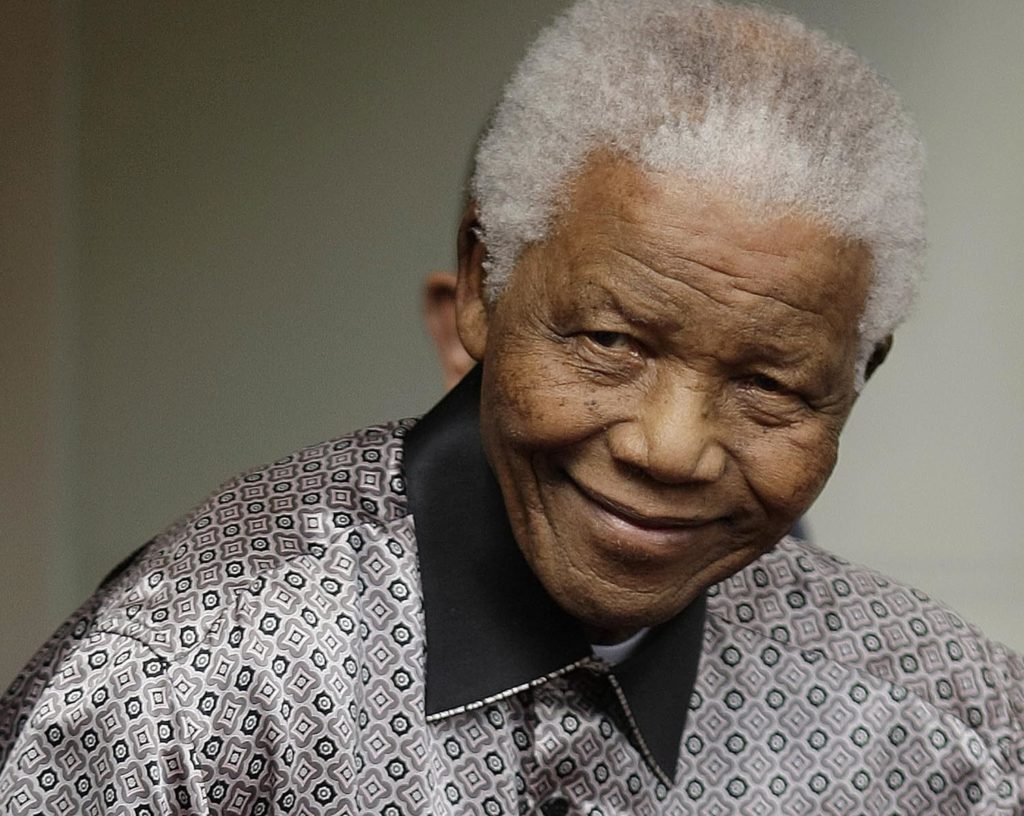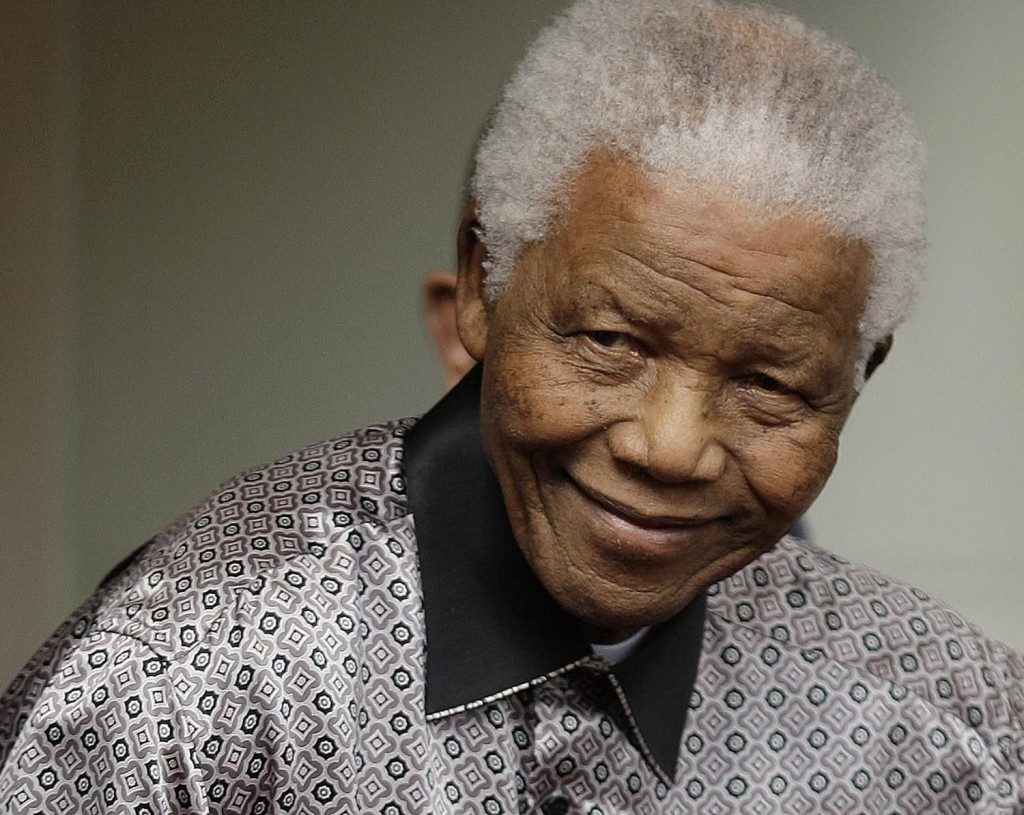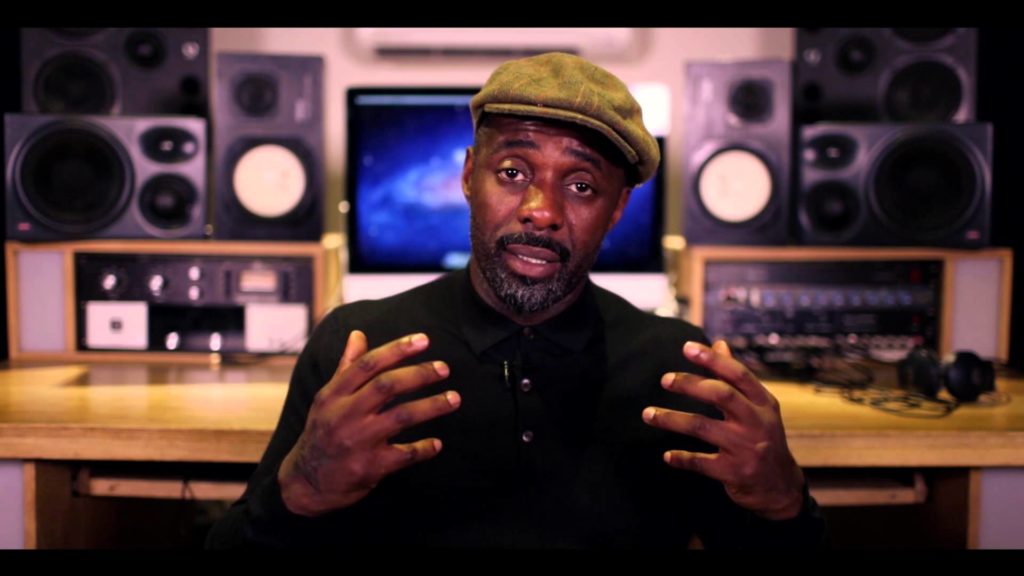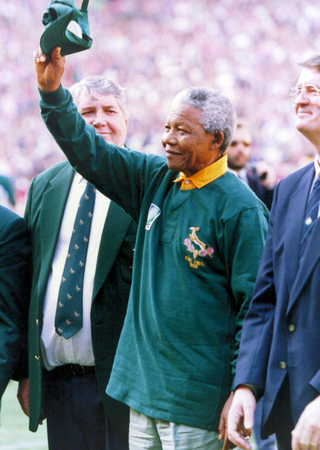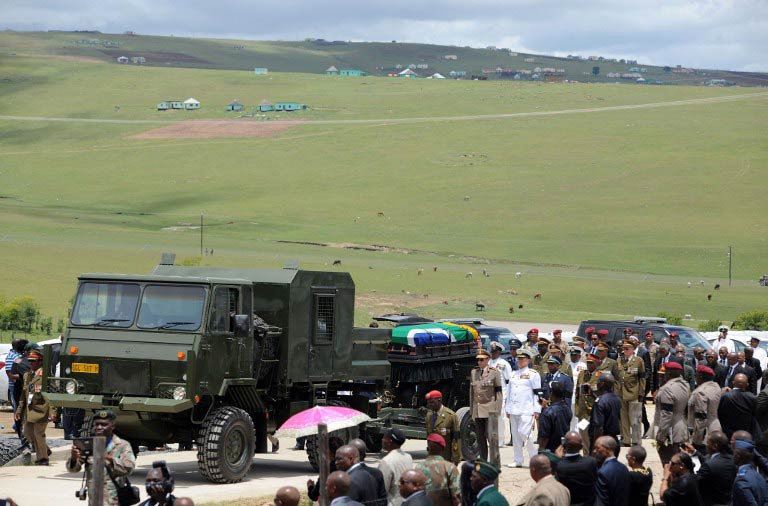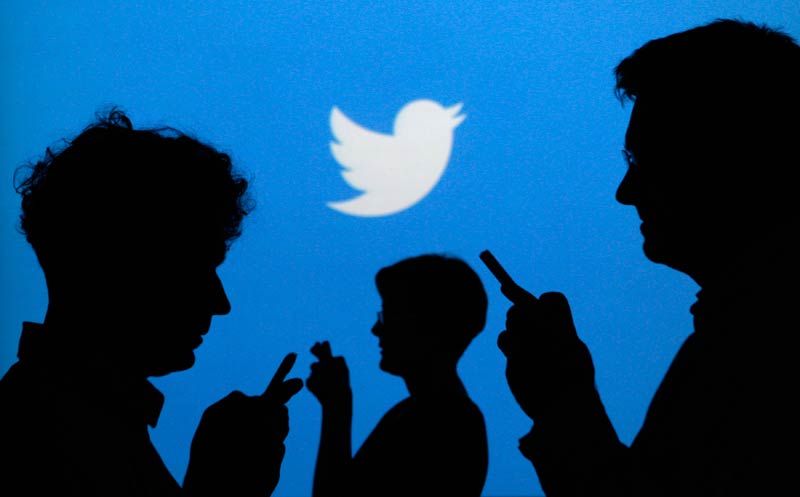When I received Pastor James David Manning’s “Black Folk” sermon for the second time on Whatsapp two weeks ago I cringed. It was first forwarded to me by a Malawian living in South Africa and, this time, from a Zimbabwean living in the US. This signaled to me that his controversial sermon had resurfaced for the holiday season and was going viral amongst Africans on social media. When a Kenyan friend in the US first showed it to me two years ago, I dismissed its relevance. I thought that surely no one would take it seriously given that is was encouraging self-deprecating attitudes among Africans based on historical inaccuracies. However, when it resurfaced two weeks ago, and none of the senders provided a comment regarding the absurdity of his words, I realised that this damaging sermon in which he proclaims that all black people have a problem was being taken seriously.
The video is part of a Manning’s sermon captured in 2012 from his pulpit at the All The Land Anointed Holy (ATLAH) World Missionaries Church in New York City in which he professes to his mostly black audience that “black people have a problem”. In what may be best described as a rant, Manning points at what he deems are the failures of black people worldwide. The premise of his argument is that black people both in Africa and its diaspora never contributed anything of significance nor did they build anything. He further goes on to say that even when they were brought to the US., they only built things under the white man’s supervision, which he provides as evidence that they cannot manage a country either. Manning proclaims that black people just “don’t understand the world we live in”. The irony of his whole argument is that Manning justifies his statements using a long list of examples that begs him to look in the mirror: Manning is the epitome of the man he denigrates. He is a black man who doesn’t understand the world himself.
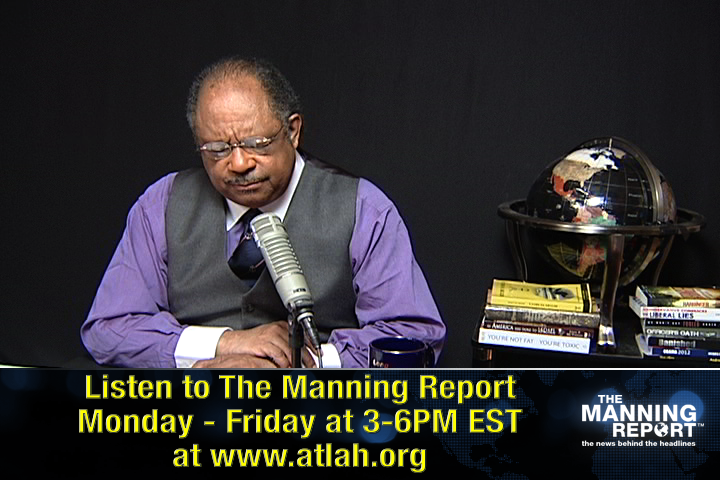
Manning’s historical digressions
Manning’s analysis is predicated on historical inaccuracies and unfounded stereotypes about the continent. They show general misunderstanding about the conditions of black people historically and in contemporary times that need to be addressed.
Manning’s first claim is that “Africans never built [a] boat that’s sea worthy” which is far from the truth. Precolonial Africa consisted of some of the most competent sailors. African navy’s existed all across Africa. In North Africa as an example, Egypt and Chad navigated the Nile with the use of papyrus, ceremonial, and war canoes. In East Africa, Somalia and Ethiopia were known to have “sea worthy” boats. Somali soldiers fought battles against the Portuguese along the East African coast as early as 1500s. In South Eastern Africa, there is evidence of large warships carrying up to 120 people that sailed its waters. During the Indian Ocean slave trade, a large number of Africans were forced to work on ships as sailors due to their seafaring skills. Lastly, in West Africa nations were infamous for their sea faring activities which were led by powerful, organised militaries. Images of their military and navy were often depicted in West African artwork. In fact, there is evidence that people of African descent travelled to America long before Columbus. Historian Ivan Van Sertima dedicates his book, “They Came before Columbus” to precolonial African contact with America. Contrary to Manning’s statements, not only did Africans build boats that were lake, river and sea worthy, they were ocean worthy.
His second claim is that Africans did not build a single monument. However, there are existing monuments all over the continent that are still standing that disprove this claim – the most obvious being the Egyptian pyramids. Manning of course quickly aligns with divisive sentiments which center on treating Egypt as separate from the rest of the continent and claims that “Egypt is not in Africa”. Egypt and its people are as African as they are Arab. They have never been never been homogenous in spite of the claims justified by scientific racism or representations made of them. Recently, Hollywood’s depiction of Egyptians as white has received such harsh criticism. It has led to calls to boycott the movie, Exodus Gods and Kings (2014) and a Facebook page dedicated to more accurate portrayals of Egyptians as primarily brown and black peoples.
One only has to look at ancient Egyptian’s self-portraits to see how Egyptians were portraying themselves to realise that denying their African heritage is problematic and is a symptom of historical attempts to regroup Egypt as a “pure” product of Asia (Middle East) due to political or economic ideologies. However, it needs to be noted that when Europe was dividing Africa at the 1885 Berlin Conference, Egypt was considered African and colonised with the rest of the continent. Egypt was an integral part of the Pan-Africanist anti-colonial movements and was a founder of the Organisation of African Unity, the precursor to the African Union. Many of these ideas separating Egypt from the rest of the continent have been sustained by Afro-pessimists like Manning who share underlying premise is that black Africans could never have built the pyramids, (alien origin theories of the Pyramids seem to be popular) However, the theories that say black Africans still fail to explain why Sudan has more pyramids than Egypt. Neither does it explain the creation of other monuments such as the Obelisk in Ethiopia which was stolen from the Axum Empire years back.
His third claim was that there are not great cities. In fact, Africa had many great civilisations and empires which are too many to mention. They include the Kush, Nubia, Meroe, Axum, Songhai, Kongo, Angola and Mali to name a few. In fact, Timbuktu in Mali was cosmopolitan educational hub well renowned by scholars and philosophers around the world. Other great cities were renowned for trade such as Great Zimbabwe, which was a large enclosed trading center and settlement constructed from granite located in Zimbabwe that accommodated up to 20 000 people. Similar sites that smaller in size can be found in other parts of Africa. Nevertheless, contrary to Manning’s claims, Africa had great cities in its past. Africa also has great popular cities in its present that are great to work, visit or live in. Lagos, Nigeria home to 21 million people is considered a great African city. It is an economic hub that recently surpassed Cairo, Egypt as the largest city in Africa.
In his other claims Manning states that Africa built no sewer systems or no houses made out of stone, “only grass and wood.” In fact Africans built housing and buildings out of very diverse material including granite stone, thatch (not grass), mud, and wood. His claim that they also needed to be two story is also problematic. The idea that Africans need to adopt certain material or meet height requirements for their dwellings to be considered a “house” is ludicrous and Eurocentric. What use is two story house in areas that are prone to weather conditions such as frequent earthquakes? Houses should be built based on available material in their environment and the climate conditions there. With regards to the global problem of inadequate sewer systems, pit latrines are such systems. They may not be like Europe’s, but nonetheless the conception of a sewer system was there and was implemented. In sum, his ideas on “progress” and modernity mean being more like Europe. Moreover, many houses in the Global North are made of wood and are one story.
Manning’s misinterpretations
Manning offers a narrow analysis of contemporary global politics and economics. He problematises the situations situation in Rwanda and Zimbabwe as example but provides no context. There is no mention of how both national and international politics and economics have informed the situation in these countries. There is no mention of Europe’s ongoing involvement in Zimbabwe or Rwanda and their involvement has played a role in creating the situations there. Manning seems content on placing the blame for Africa’s woes squarely on Africans.
In fact, not even the beloved Nelson Mandela is spared. He states that “the worst thing that could happen to South Africa was when they gave it to Mandela and Black Folk”. He states that he understands that apartheid was wrong (meaning that he does not agree with white minority rule). However, he contends that they should have not “given” it to Mandela. An argument that is highly problematic because Mandela was democratically elected by the majority in a democratic process. In fact, many will argue that South Africa wasn’t the National Party’s to “give” in the first place. Manning substantiates his tirade against majority Black rule by saying that it’s because “disease, AIDS, and crime is running rampart in Johannesburg”. Again, he fails to put it all in perspective – crime and other public health concerns are not limited to Johannesburg nor African-ruled countries. Lastly, he fails to account for the Western Multinational Corporation’s role in exacerbating the AIDS situation through patent monopolies.
He makes similar statements about Nigeria in his claims that “Nigeria produces oil every year, yet the children there are hungry and starving”. He does not mention how the big oils companies exacerbate the situation by degrading the environment, exploiting workers and extracting from Nigeria. This is not to say that the Nigerian government does not play a role in the current situation. However, his propensity to defend profit over people is reminiscent of Afro-pessimist attitudes in which Africa is blamed for all of its problems.
Manning up
Manning’s tirade is not limited to Africa – he also disparages leaders such as Coretta Scott King, Harriet Tubman, Shirley Chisholm and Barack Obama. He uses examples from Africa in his sermon to denigrate African-Americans on the basis that they are descendants of Africa. Although, I understand how an American audience could believe his tirade against Africa. Generally, Americans should be more susceptible to such propaganda about Africa. After all, America is constantly bombarded with negative images of Africa. Additionally, African history is not taught in American schools. Therefore the image of Africa that remains in the popular American culture is one of a continent that did not produce anything and is frozen in time. However, what really surprised me was the number of Africans from all over the continent forwarding this sermon. The image of Africans internalising his negative ideas about Africa whilst Great Zimbabwe, the Pyramids, and Obelisk looming in their own backyards is very problematic. It prompts me to wonder if our educational systems were failing to teach us about each other when the words of an outside person with little understanding of Africa bears so much meaning.
Grant it, “Doctor” Manning holds a Masters degree in divinity from Union Theological Seminary in the City of New York. His PhD however, comes from the ATLAH Theological Seminary – his own unaccredited educational institution. Although he is neither historian nor is he Africanist (or arguably a Doctor), he posits himself as an “expert” on African people, politics and economics. He challenges black people to take a long look at the ‘truth’ about their present day situation based on their history. However, his analysis is predicated on historical inaccuracies and unfounded stereotypes about the continent which is dangerous for African and African diaspora identities. At this juncture, we should be able to able to quickly quash – not believe – such ideas about the continent. We need to arm each other with facts about the continent and not the Africa that is a figment of the imagination of an already controversial pastor who has built his religious career from stirring controversy.
The popularity of his video also prompted me to wonder what was currently happening in Africa that was leading people to accept words of such pastors without really interrogating the information we were being told. Perhaps part of the acceptance of Manning’s sermon speaks to the rise of preachers and prophets in African countries, which we need to pay closer attention to.
Sitinga Kachipande is a blogger and PhD student in Sociology at Virginia Tech with an Africana Studies concentration. Her research interests include tourism, development, global political economy, women’s studies, identity and representation. Follow her on Twitter: @MsTingaK

